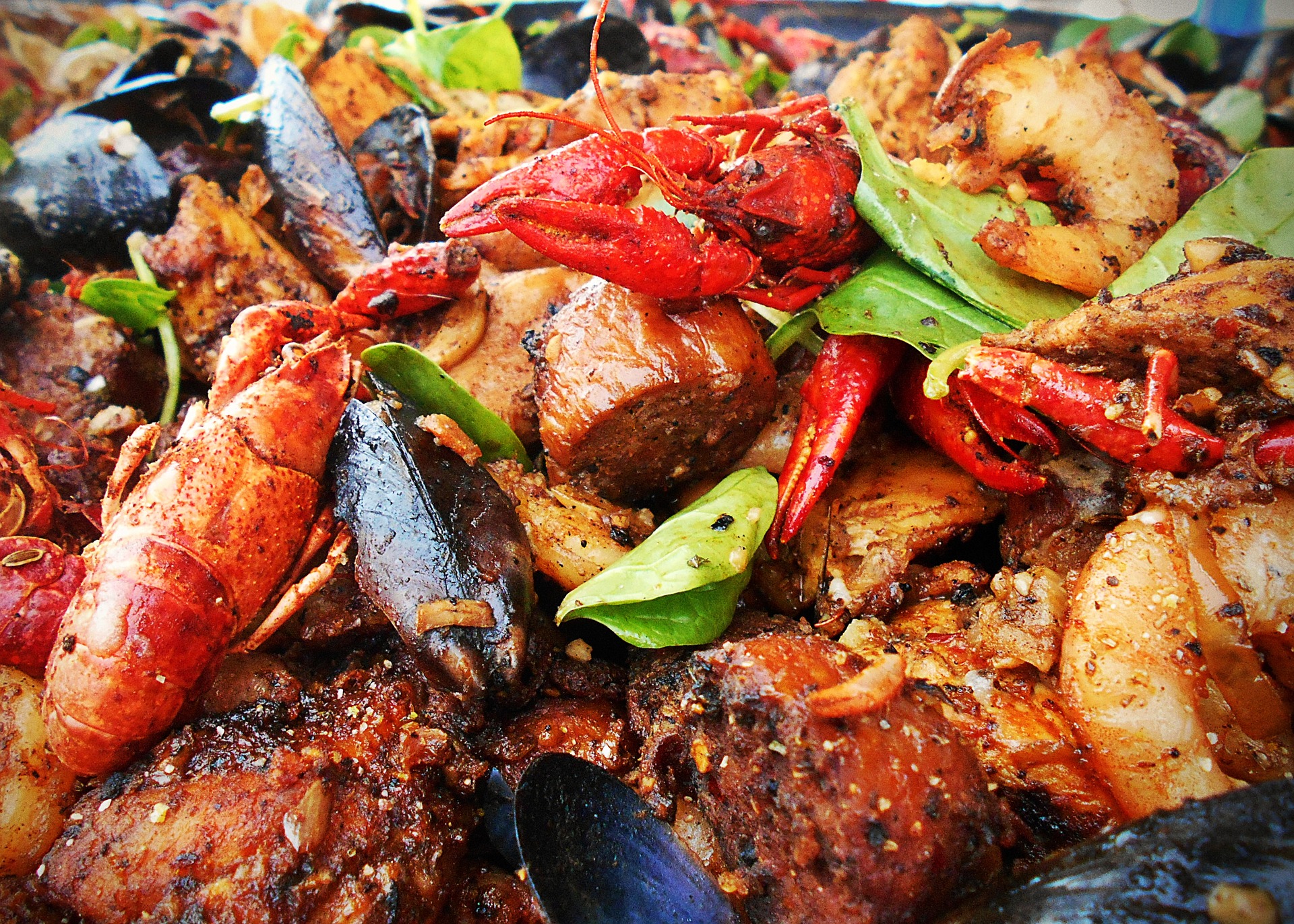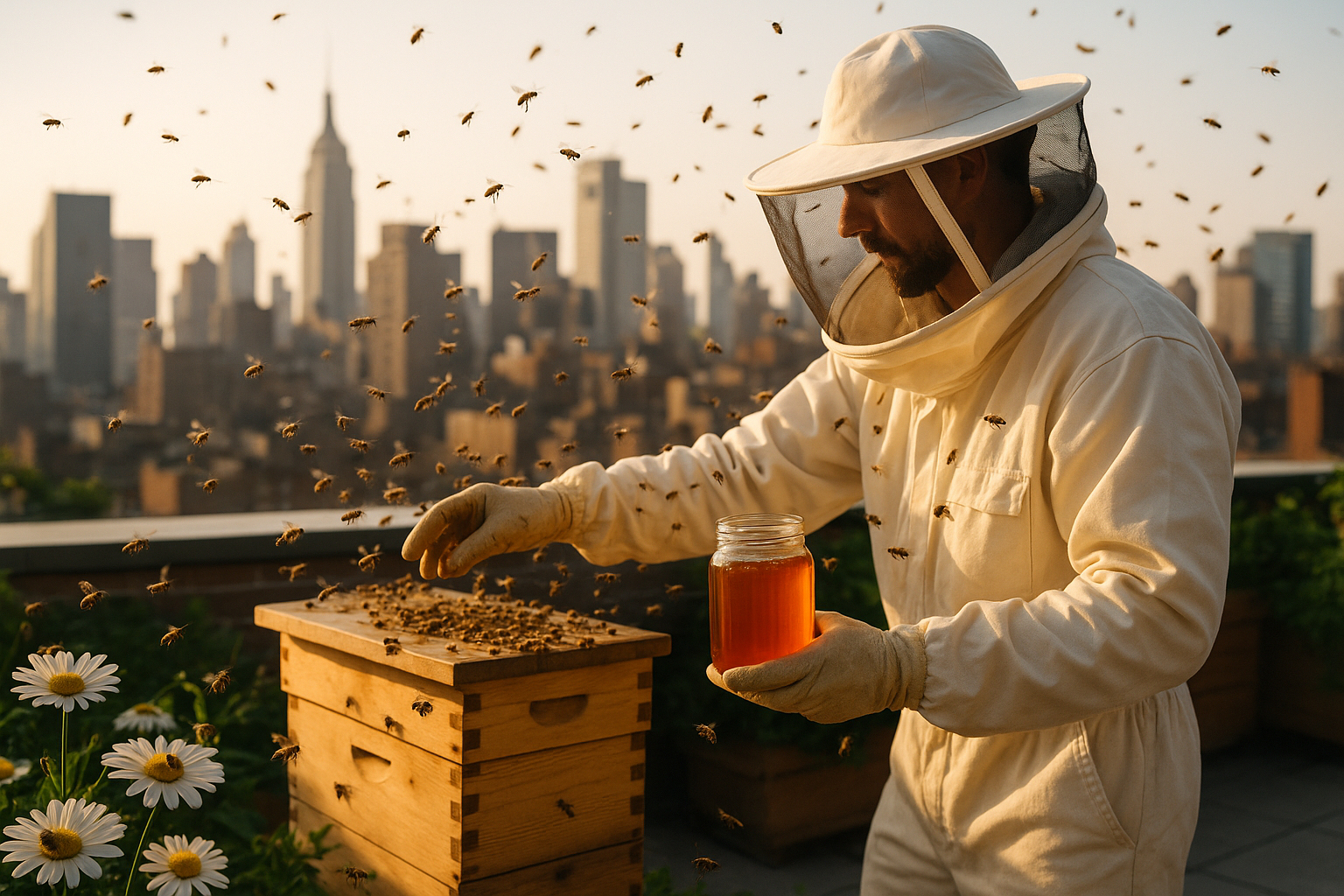Savoring the Art of Braising: A Deep Dive into Slow Cooking
Braising is an age-old cooking technique that transforms ordinary ingredients into extraordinary dishes. It's a practice that's been embraced by diverse cultures worldwide, producing iconic dishes that comfort and delight. Let's explore this culinary technique and its magic.
The Basics of Braising: An Introduction
Braising is a two-step cooking process that involves searing food at a high temperature, then slow-cooking it in a minimal amount of liquid. This method tenderizes tough cuts of meat and coaxes out deep, complex flavors. However, braising isn’t just for meat. This versatile technique is also used to prepare vegetables, beans, and grains, resulting in dishes that are both flavorful and nutritious.
A Global Affair: Braising Around the World
Braising is a universal technique, with variations found in almost every culinary tradition worldwide. In France, the classic Coq au Vin showcases how braising can transform chicken into a rich, sophisticated dish. In China, the beloved Red-Braised Pork Belly (Hong Shao Rou) illustrates the technique’s ability to create layers of flavor. Meanwhile, in Mexico, Carnitas exemplify the richness and depth that braising can bring to pork.
The Secret to Braising: Patience and Quality Ingredients
The key to successful braising is patience. This is a slow and deliberate process that can’t be rushed. The initial searing step is crucial, as it creates a flavorful crust and locks in juices. The slow-cooking phase then breaks down tough proteins, resulting in meat that’s tender and juicy. Quality ingredients also play a critical role in braising. Using fresh, high-quality meat and vegetables, and a well-made broth or wine, will result in a far superior dish.
Innovations in Braising: Modern Twists on a Classic Technique
While braising is a time-tested technique, innovative chefs are finding fresh ways to use it. Some are experimenting with unconventional ingredients, like exotic fruits or rare spices. Others are incorporating modern equipment, such as sous-vide machines, to achieve precise control over cooking temperatures. These innovations are expanding the possibilities of what can be achieved with braising, bringing new flavors and textures to the table.
Braising at Home: Tips for Success
-
Start with a good sear: This step is crucial for developing flavor. Make sure your pan is hot, and don’t crowd it—give each piece of meat plenty of space to brown properly.
-
Choose the right cut: Tough cuts of meat, like chuck roast or pork shoulder, are ideal for braising. They have plenty of connective tissue, which breaks down during slow cooking to create a tender, flavorful result.
-
Don’t skimp on the liquid: Whether it’s broth, wine, or a combination, make sure you use enough to partially cover the food. The liquid should simmer, not boil, during the slow-cooking phase.
Braising is more than just a cooking technique—it’s an art form that requires patience, skill, and a passion for flavor. By understanding the basics of braising and experimenting with new ideas, you can elevate your home cooking and create dishes that are truly extraordinary. Embrace the slow, meditative process of braising, and savor the delicious results.







